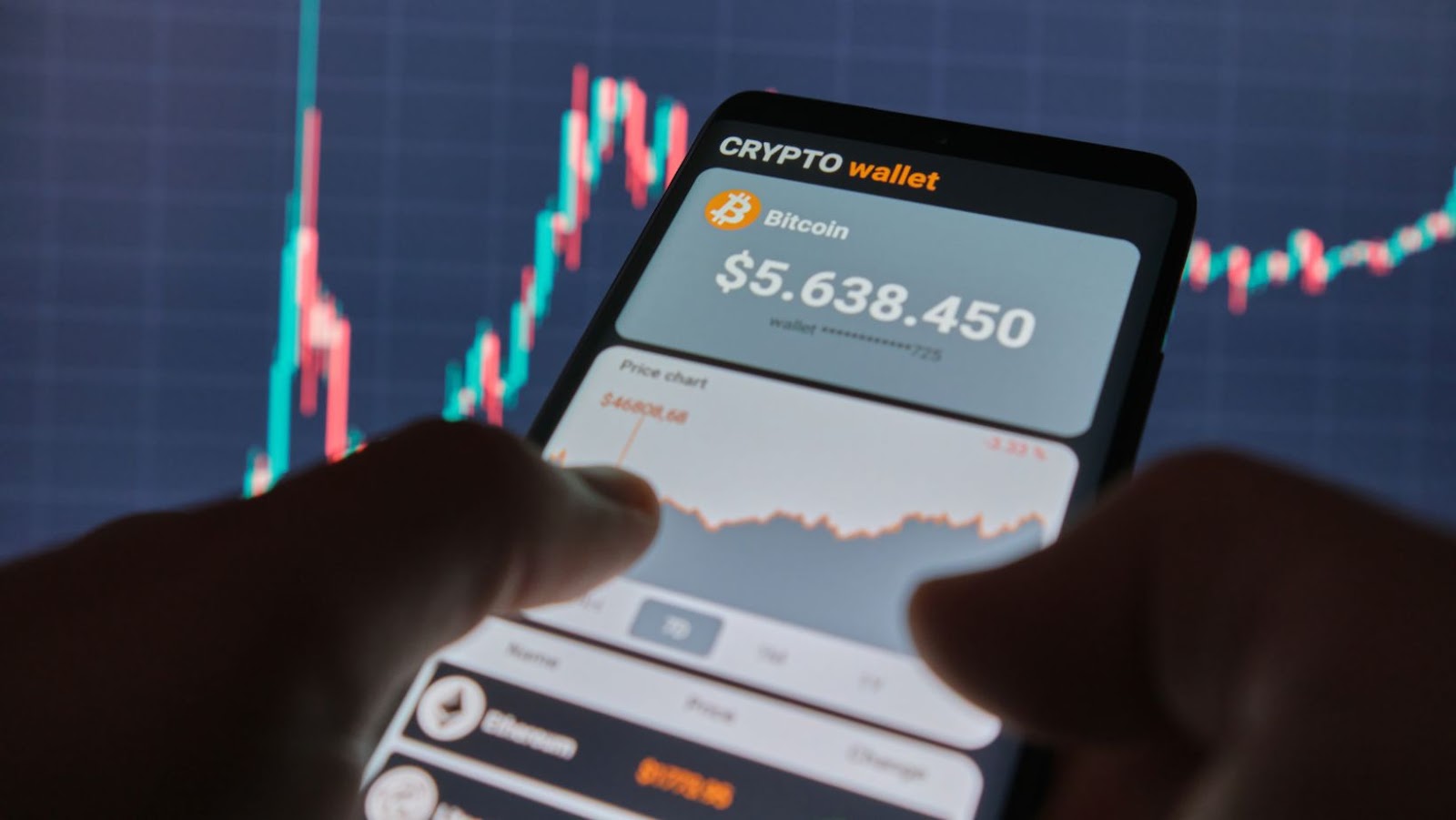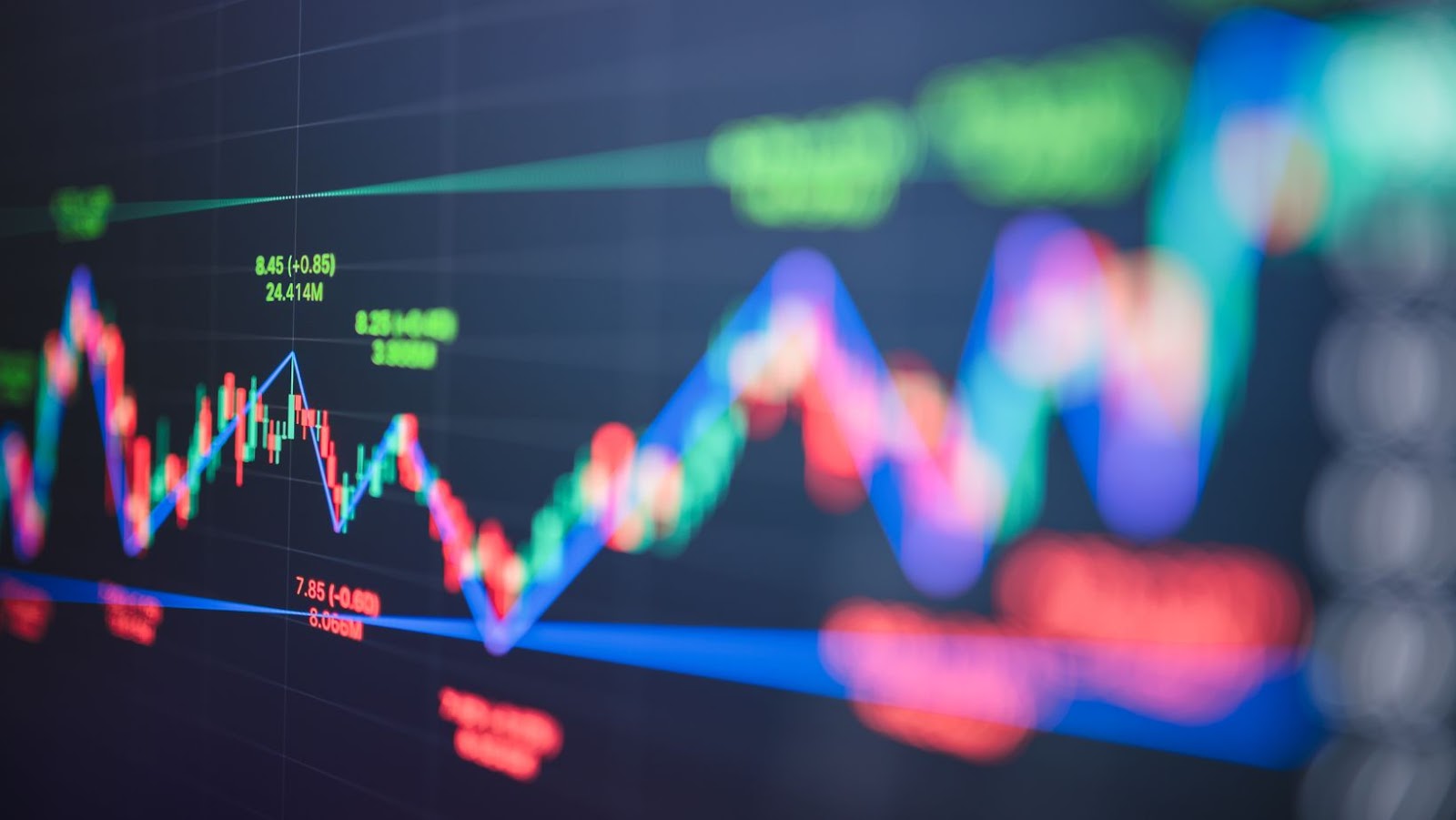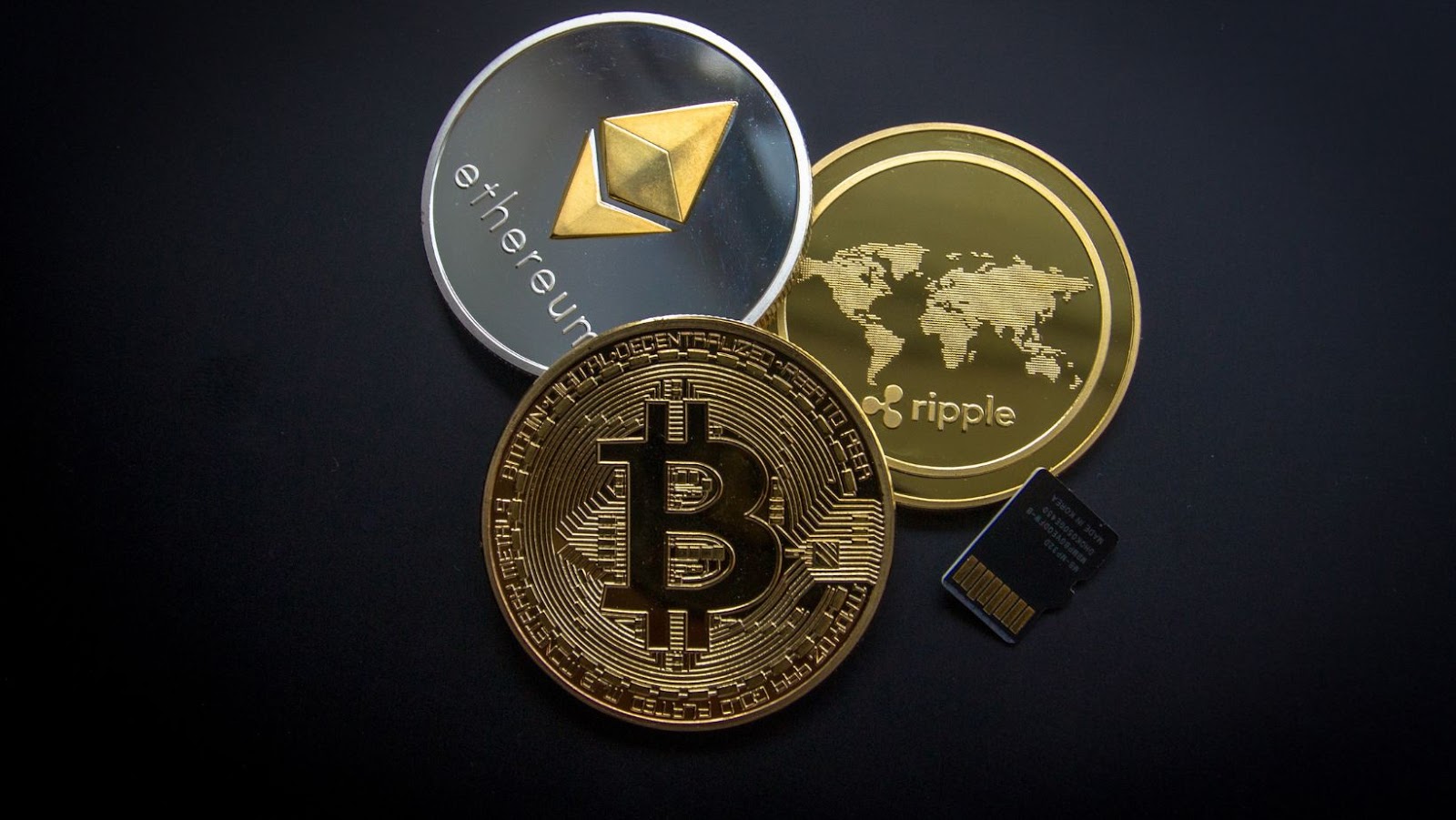Art has always evolved with technology, and the rise of crypto art is no exception. The fusion of blockchain technology with the creative world is reshaping how artists create, sell, and authenticate their work. Crypto art, often represented as NFTs (non-fungible tokens), offers a new frontier where digital art can be owned and traded like traditional art.
This digital revolution isn’t just a trend; it’s transforming the art market by providing artists with new revenue streams and collectors with unique ownership experiences. As more artists and investors embrace this technology, the future of art on crypto platforms looks promising, with endless possibilities for innovation and creativity.
 Future of Art on Crypto Art
Future of Art on Crypto Art
Crypto art, an innovative digital art form, involves unique works authenticated through blockchain technology. It has significantly altered how art is created, traded, and owned.
What is Crypto Art?
Crypto art consists of digital creations stored on blockchain networks. These works are verified through non-fungible tokens (NFTs), ensuring their authenticity and uniqueness. Each NFT represents a distinct piece, allowing for secure proof of ownership. Platforms like Ethereum often host these NFTs, giving artists a reliable medium to monetize their digital art. For instance, Beeple’s “Everydays: The First 5000 Days” sold for over $69 million in March 2021, underscoring crypto art’s value and potential.
History and Evolution
The concept of crypto art dates back to the early 2010s when digital creators explored blockchain applications in art. The launch of the blockchain platform Ethereum in 2015 catalyzed the development of NFTs, providing the infrastructure needed for secure digital art transactions. By 2017, projects like CryptoPunks and CryptoKitties gained popularity, showcasing the viability of NFTs in art. Over time, more artists adopted these technologies, leading to an explosion of interest in crypto art. By early 2021, the market for NFTs had grown exponentially, with total sales exceeding $2 billion in the first quarter alone. This rapid growth signifies crypto art’s transformative impact on the traditional art market.
 The Current Landscape
The Current Landscape
Crypto art is thriving, driven by advancements in blockchain technology and increasing market interest. It has established itself as a significant segment of the digital art scene.
Prominent Platforms
Several platforms support the crypto art ecosystem. OpenSea, the largest NFT marketplace, hosts a variety of digital art pieces. Rarible offers a decentralized platform where artists can mint, sell, and auction NFTs. SuperRare, focused on high-quality art, provides curated collections and limited-edition artworks. Foundation operates on community curation, allowing artists and collectors to build relationships. MakersPlace emphasizes authenticity, ensuring every piece is verifiable.
Leading Artists
Leading artists have embraced crypto art, creating unique digital works. Beeple, though known in traditional digital art, gained fame in crypto art for his $69 million NFT sale. Pak is another prominent figure, known for enigmatic pieces and innovative digital installations. Mad Dog Jones combines surrealism with cyberpunk aesthetics, leading to high demand for his NFTs. Fewocious, a young artist, has made waves with his colorful and emotive art, earning recognition and significant sales.
 Technological Innovations
Technological Innovations
Technological advancements are propelling crypto art into a new era, transforming how art is created, traded, and appreciated.
Blockchain and NFTs
Blockchain technology underpins the entire crypto art ecosystem, ensuring transparency and security in transactions. Artists mint their digital works as non-fungible tokens (NFTs). NFTs are unique digital assets that cannot be replaced or exchanged at equivalency. Each NFT is recorded on a blockchain, an immutable ledger ensuring authenticity and provenance. By 2021, NFT sales exceeded $2 billion in Q1 alone, showcasing their economic potential.
NFT platforms like OpenSea, Rarible, and MakersPlace provide marketplaces for artists and collectors to interact directly. Smart contracts, self-executing contracts with the terms directly written into code, facilitate these transactions. This eliminates intermediaries, allowing artists to retain control and maximize profits. Additionally, royalties can be programmed into NFTs, ensuring artists earn a percentage of future sales.
